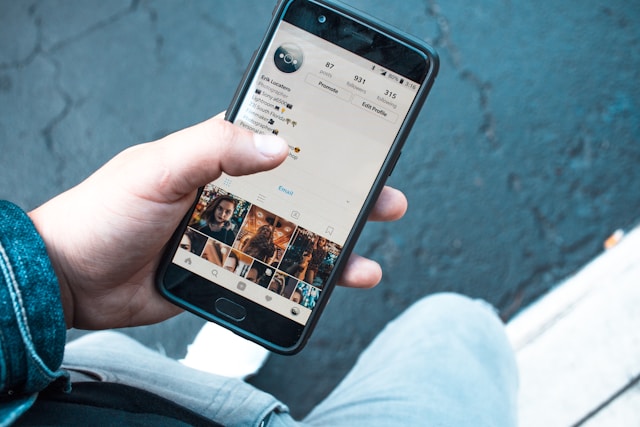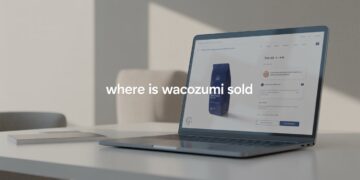In a world where algorithms and audience behavior drive visibility, knowing the best time to post on social media can make a major difference in your engagement. Whether you’re a small business owner, influencer, or digital marketer, understanding when your audience is most active is crucial to gaining traction online.
When your post goes live at the right moment, it’s more likely to reach more people, generate interactions, and help you achieve your marketing goals. Let’s dive into the data and strategies that will help you find the ideal time to share your content for maximum engagement.
Why Timing Matters on Social Media
Timing plays a pivotal role in how well your content performs. Social media platforms use algorithms that prioritize content based on recency and engagement. This means that even if your post is amazing, it could easily get buried if it’s posted when your audience isn’t online.
Posting at optimal times ensures:
-
Higher visibility in your followers’ feeds
-
Increased likes, comments, and shares
-
Better chances of going viral or being featured in algorithm-driven sections like Instagram’s Explore page or TikTok’s For You Page
To achieve the best social media engagement, it’s not just about what you post—it’s also about when you post it.
Best Times to Post on Social Media by Platform
Let’s take a closer look at when to post on each major platform for the best results. Keep in mind that these are general guidelines based on recent research and may vary depending on your audience.
-
Best Times: Tuesday to Friday, between 9 AM and 1 PM
-
Worst Times: Late nights and weekends (especially Sundays)
Facebook engagement tends to peak during working hours, particularly around mid-morning to early afternoon when users take breaks. Businesses targeting a broad demographic often see success by posting midweek.
-
Best Times: Monday to Friday, 10 AM to 12 PM
-
Worst Times: Late nights (after 8 PM) and early mornings
If you’re wondering when to post on Instagram for the best engagement, weekdays are your friend. Visual content thrives during lunch breaks and slightly before typical work hours end.
Twitter (X)
-
Best Times: Weekdays from 9 AM to 12 PM
-
Worst Times: Evenings and weekends
Twitter engagement is high during commuting hours and lunch breaks. It’s a great platform for real-time updates, so timeliness is key.
-
Best Times: Tuesday to Thursday, 8 AM to 11 AM
-
Worst Times: Weekends and after work hours
Since LinkedIn is a professional network, posting during business hours is the sweet spot. Early weekdays see the most activity as professionals start their day.
TikTok
-
Best Times: Tuesday to Thursday, 2 PM to 4 PM and 6 PM to 9 PM
-
Worst Times: Early mornings (before 9 AM)
For TikTok, timing is more flexible due to its highly personalized algorithm. However, content posted during the late afternoon and early evening tends to perform better, especially when people are relaxing or commuting.
-
Best Times: Saturdays, 8 PM to 11 PM
-
Worst Times: Workday mornings
Pinterest users often browse the platform during evenings and weekends when they’re looking for inspiration. Scheduling your pins during this time can increase visibility and repins.
YouTube
-
Best Times: Thursday to Sunday, 5 PM to 9 PM
-
Worst Times: Early weekday mornings
If you’re looking for the best time to post on social media for long-form content, YouTube stands out. Most users are active in the evenings or over the weekend when they have time to watch longer videos.
Industry-Specific Social Media Timing Tips
Optimal posting times can vary by industry. Here are a few general trends:
-
Retail & E-commerce: Midday on weekdays (11 AM–1 PM)
-
Tech & SaaS: Early mornings on weekdays (8 AM–10 AM)
-
Healthcare: Tuesdays and Thursdays around lunchtime
-
Education & Non-profits: Late mornings to early afternoons, midweek
Always consider your specific niche and audience demographics. If you’re targeting parents, evenings may be better; if your audience is Gen Z, TikTok trends and late-night activity might dominate.
Tools to Analyze Your Own Audience
While general data is helpful, analyzing your own social media engagement data will always be more effective. Here are some tools to help you determine your personal best time to post on social media:
-
Instagram Insights: Check audience activity by hour and day
-
Facebook Insights: See when your followers are online
-
TikTok Analytics: Review peak times for video views and engagement
-
Twitter Analytics: Track tweet performance by time
-
Scheduling Tools (like Buffer, Hootsuite, Later): Many include optimal timing suggestions based on past performance
Review this data regularly, as your audience’s habits may shift over time.
Tips for Maximizing Social Media Engagement
Even with perfect timing, your content still needs to resonate. Here are some bonus tips to boost your reach:
-
Test and Adjust: Use A/B testing by posting similar content at different times to see what works best.
-
Stay Consistent: Post regularly to keep your audience engaged and maintain algorithmic favor.
-
Quality Over Quantity: Focus on value—great content will always perform better, even if the timing isn’t perfect.
-
Use Scheduling Tools: Tools like Buffer, Sprout Social, or Later can help you automate your posting for optimal times.
Final Thoughts
Finding the best time to post on social media for maximum engagement isn’t just about following global averages—it’s about understanding your unique audience and staying flexible. While general guidelines are helpful, the real power lies in analyzing your own data and continuously refining your strategy.









